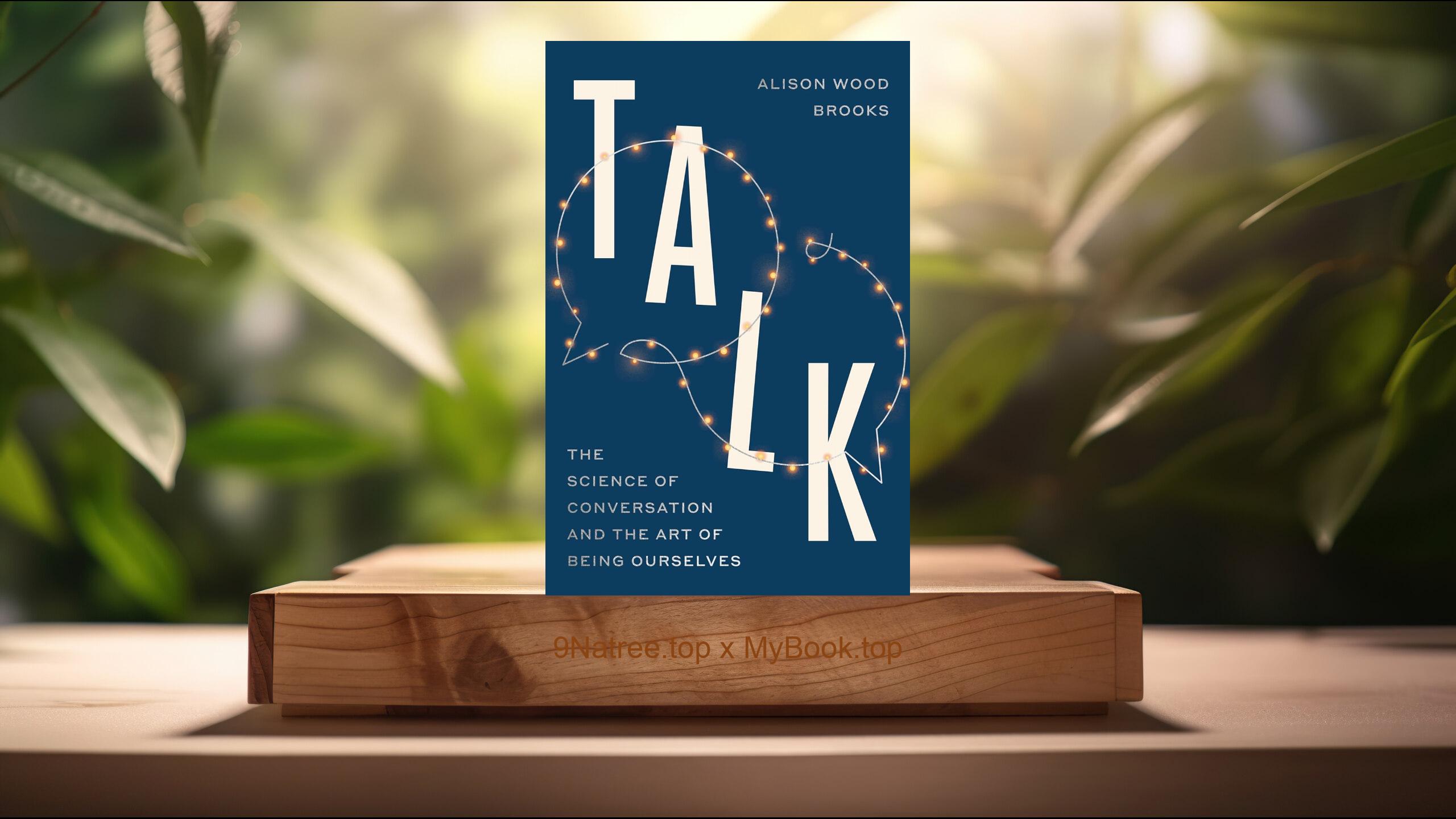Show Notes
- Amazon US Store: https://www.amazon.com/dp/B08Y7S9VQS?tag=9natree-20
- Amazon Worldwide Store: https://global.buys.trade/Super-Learning-Peter-Hollins.html
- Apple Books: https://books.apple.com/us/audiobook/super-learning/id1487337716?itsct=books_box_link&itscg=30200&ls=1&at=1001l3bAw&ct=9natree
- eBay: https://www.ebay.com/sch/i.html?_nkw=Super+Learning+Peter+Hollins+&mkcid=1&mkrid=711-53200-19255-0&siteid=0&campid=5339060787&customid=9natree&toolid=10001&mkevt=1
- Read more: https://mybook.top/read/B08Y7S9VQS/
#AcceleratedLearning #CognitiveEnhancement #MemoryTechniques #ExpertiseDevelopment #LearningStrategies #EducationalPsychology #DigitalLearningTools #FocusandConcentration #SuperLearning
These are takeaways from this book.
Firstly, The Psychology of Learning, A foundational aspect of 'Super Learning' is its deep dive into the psychology of learning. Hollins begins by dissecting how the human mind processes, stores, and retrieves information. He introduces concepts such as cognitive load theory, which illuminates how information overload can hamper learning, and spaced repetition, a technique for enhancing memory retention by strategically timing review sessions. The section also touches on the importance of understanding one's learning style—visual, auditory, read/write, kinesthetic—and how tailoring learning strategies to these styles can drastically improve comprehension and retention. Hollins uses relatable scenarios and the latest cognitive science research to explain how mental models can be leveraged to simplify complex information and how the brain's natural tendencies, such as the forgetting curve and the use of chunking, can be turned to one's advantage. This topic not only illuminates the mechanisms behind learning but also provides practical strategies for readers to apply them in real-life learning situations.
Secondly, Memory Enhancement Techniques, Hollins takes readers through a journey into the core techniques for memory enhancement, a critical pillar for super learning. The book outlines several strategies, including the method of loci (also known as the memory palace), mnemonic devices, and the Feynman technique, which involves teaching a concept to someone else to understand it deeply oneself. Through these techniques, readers learn how to transform abstract information into vivid, memorable imagery or associations, thereby significantly improving the chances of retention. Hollins provides not only the theory behind these powerful methods but also step-by-step guides on how to implement them effectively for various types of information, whether it be languages, scientific concepts, or historical facts. This section is packed with actionable advice and exercises that encourage readers to practice and refine these techniques, making memory enhancement an attainable goal rather than a daunting task.
Thirdly, Strategies for Systematic Expertise, One of the central themes of 'Super Learning' is the roadmap to achieving systematic expertise in any domain. Peter Hollins outlines the progression from novice to expert, emphasizing deliberate practice, the importance of feedback, and the role of mentoring. This section explains how to structure learning efforts in a way that promotes deep, rather than surface, understanding and how to overcome plateaus by challenging oneself with increasingly difficult material. Furthermore, Hollins introduces the concept of interleaved practice—mixing different topics or skills during study sessions to improve problem-solving skills and adaptability. This section is instrumental for readers aiming to go beyond mere proficiency, as it provides a blueprint for mastering a field of study or profession. Hollins combines insights from educational psychology with real-world examples to illustrate how systematic expertise can be acquired in a structured, efficient manner.
Fourthly, Optimizing Learning Environments, Hollins delves into the significant impact of the environment on learning effectiveness in this section. He discusses the role of distraction-free spaces, the importance of setting up proper lighting and ergonomics, and the influence of digital tools and social media on concentration. Furthermore, he examines the psychosocial environment, including the importance of a supportive community and the potential benefits and drawbacks of competitive settings. The book offers practical tips for creating and maintaining environments that enhance focus, motivation, and, ultimately, learning outcomes. By integrating research findings with practical recommendations, Hollins provides readers with the tools to personalize their learning environments in ways that best suit their goals and lifestyles, making the pursuit of knowledge more accessible and enjoyable.
Lastly, Harnessing Technology for Accelerated Learning, The final key topic in 'Super Learning' centers on leveraging technology to supercharge the learning process. Hollins explores various digital resources, including educational apps, online courses, and gamified learning platforms, that can make learning more interactive, flexible, and engaging. He emphasizes the importance of choosing the right technological tools that align with one's learning goals and styles. Also discussed is the concept of digital distraction and strategies to mitigate its negative impact on focus and productivity. By providing an overview of how technology can enhance learning through customization, immediate feedback, and access to global knowledge, this section highlights the potential of digital advancements to transform traditional learning methodologies. Hollins encourages readers to adopt a critical perspective towards technology use, advocating for a balanced approach that harnesses its benefits while minimizing potential drawbacks.
![[Review] Super Learning (Peter Hollins) Summarized](https://episodes.castos.com/660078c6833215-59505987/images/1840274/c1a-085k3-xxvdmp0qbv9-gyopin.jpg)




